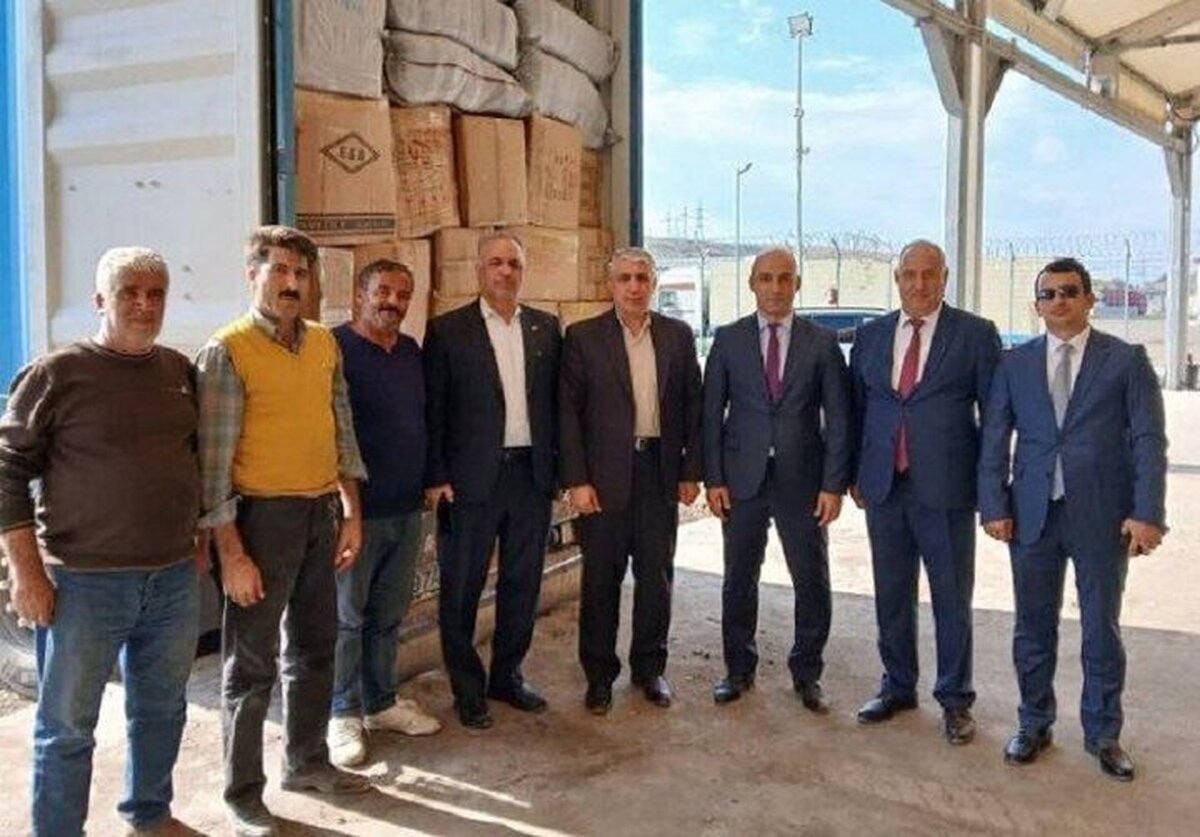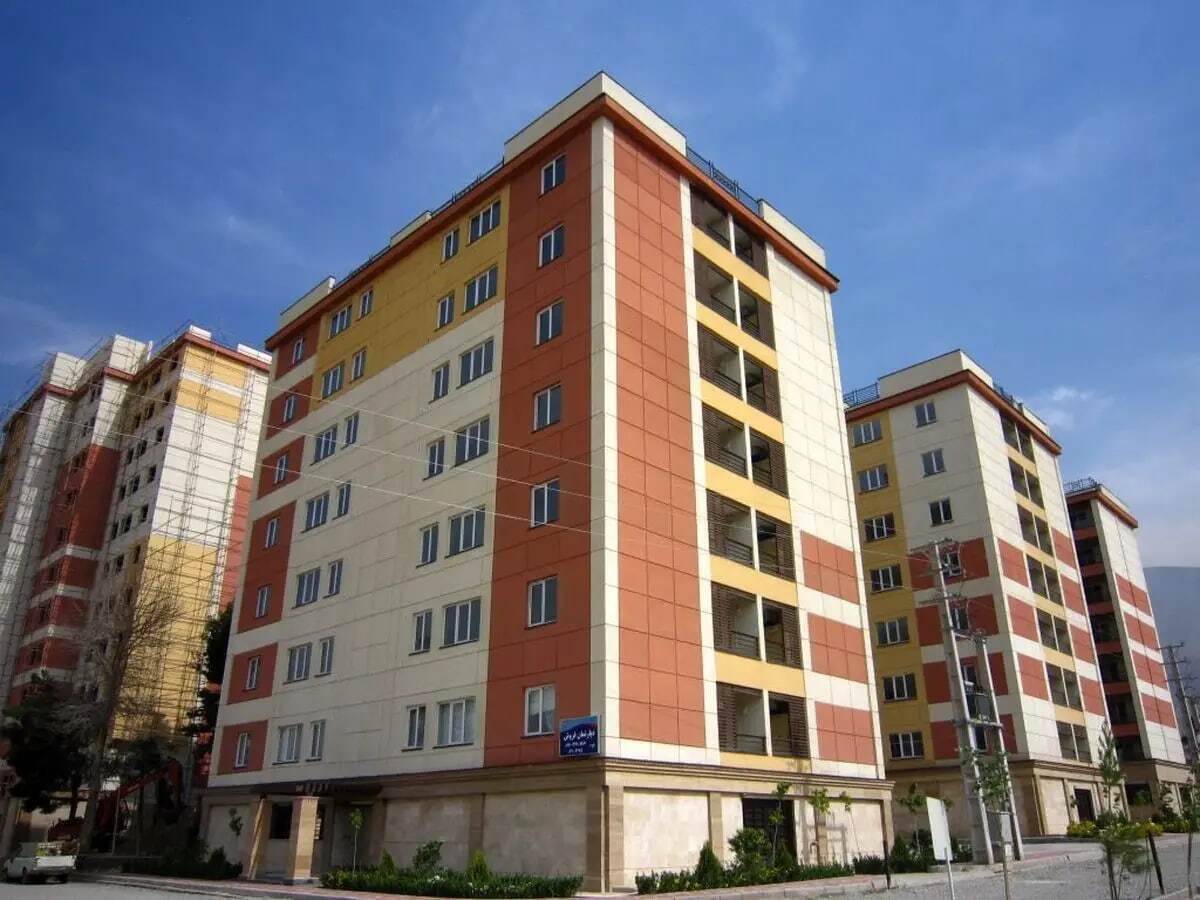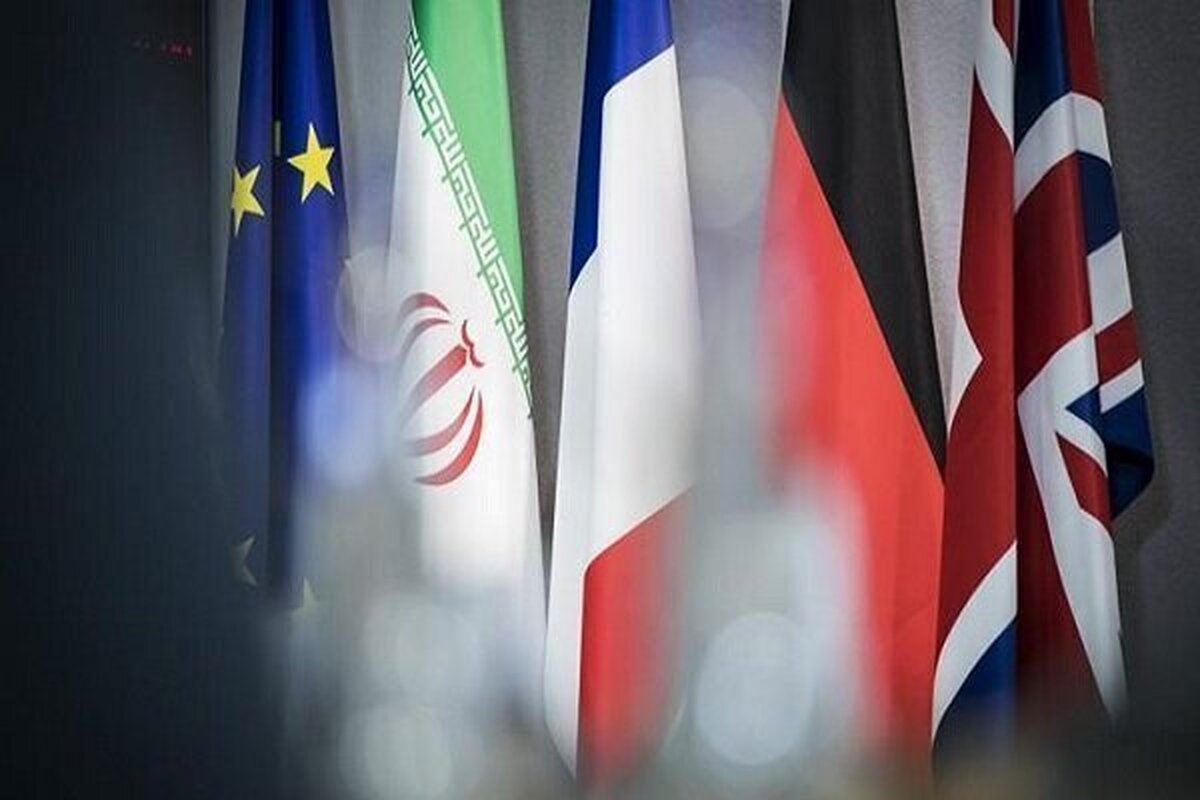
Old Trucks May Be Barred From Entry to Europe: Official Warns
EghtesadOnline: The European countries may not allow the entry of Iran’s old trucks in the future, says an official with the Road Maintenance and Transportation Organization of Iran, affiliated with the Ministry of Roads and Urban Development.
“Renovation of Iran’s road fleet is important from various aspects. Given the importance of environmental issues and green transportation for Europeans, Iran’s old trucks carrying essential goods might encounter challenges in the future. Our failure to comply with their standards might force us into using other countries’ fleet,” Javad Hedayati was also quoted as saying by Otaghiranonline.ir.
“Transportation is one of the costly trade sectors. To compete with other countries, truck prices need to become reasonable. For example, as per the preferential trade agreement between EEU and Iran, agricultural products must be carried to Russia and other EEU states by refrigerated trucks. Shortcomings faced in this regard increase the cost of transportation by our road fleet compared with Russia’s and Azerbaijan’s. Therefore, it’s vital to provide truck drivers with renovation options at reasonable prices.”
Hedayati said that at present, there is competition between the fleets of Iran and Turkey for the transportation of commodities coming from Europe.
In Turkey, new trucks are sold at $80,000 and secondhand trucks at $50,000. Trucks in Iran are three times the price in Turkey. On the other hand, trucks can be purchased on credit while there is no such option in Iran, he added.
Mack trucks of 1967 are still rolling on Iranian roads. Prices of transport trucks that should have been written off years ago now stand above 2,000 million rials ($7,780).
Iran Road Maintenance and Transportation Organization, the body in charge of heavy vehicles used for road transportation of goods, allows old trucks to secure fuel card.
The governmental organization says there were close to 10,000 45-year-old heavy duty vehicles rumbling along roads by March 2019, though the actual figure is believed to be much higher.
A few years ago, it was announced that once the road fleet overhaul program, the so-called Key-to-Key Scheme, is launched, old trucks won’t be allowed on the roads. But with the decline in production, increase in prices and lack of financial incentives, the clunkers are not only driven hard but have become costlier.
Today’s economic climate does not allow for ambitious programs such as the fleet overhaul scheme; however, the operation of aged, clunky trucks is synonymous with offering subpar transportation services, excessive fuel consumption, air pollution and higher risks of accident, among others.
In September, 2019, the Ministry of Industries, Mining and Trade announced that the fleet overhaul scheme of 200,000 aged trucks would be carried out with an investment of €11 billion over the course of three years. The government is supposed to provide 50% of the budget needed for the program and banking resources 30%, while the applicant will have to put up the rest.
Transport Truck Stats
According to annual figures provided by Iran Road Maintenance and Transportation Organization, the total number of Iran's transport trucks stood at 358,000 in the last fiscal year (March 2018-19). Trailer trucks were the backbone of Iran’s road fleet with more than 146,000, followed by metal freight trucks (46,000), wooden freight trucks (45,000), six-wheeled dump trucks (24,000) and 10-wheeled dump trucks (17,000).
Out of 350,000 transport trucks operating last year, about 80,000 were above 30 years old. At present, nearly 21,000 trucks are between 31-35 years, 21,000 between 36-40 years, 30,000 between 41-45 years, 7,000 between 46-50 years and more than 2,000 heavy vehicles are above 50 years.
Ahmad Karimi, secretary of Iran's Truck Owners Union, puts the number of the country’s aged trucks at 350,000-400,000 and says, “The average age of heavy duty vehicles in Iran is more than 25 years.”
The overhaul of the country’s aging fleet would be the main policy through which fuel consumption, operating expenses and pollution would decrease. Estimates show old trucks consume 20 liters per 100 liters more than new, fuel-efficient trucks. Given old trucks’ years-long use, they consume hundreds of thousands of liters of more fuel than the standard use.
To reduce fuel consumption, the government has two choices. Either to ration fuel for trucks based on their haulage performance and fuel mileage, or raise fuel prices. The latter was implemented for gasoline-powered passenger cars in November 2019, but the importance of maintaining affordable prices for products people need has prevented the government from raising diesel prices.
The decline in the manufacture of heavy vehicles are also to blame for the government’s failure to carry out its fleet overhaul program.
According to the Industries Ministry statistics, over the nine months to Dec. 21, the production of trucks and trailers has declined by 63% to reach 3,196 – the sharpest decline in manufacturing of any industrial products.
Restrictions on imports and prohibitive prices have made it difficult to meet the market demand for heavy vehicles. On top of that, providing financial incentives is another hurdle in the way of truck drivers who intend to buy new trucks.
“In many European countries, banks provide 40% of the truck price by granting loans whereas in Iran, there is no financial facility for purchasing heavy vehicles and the prices are going up by the day,” Karimi said.




